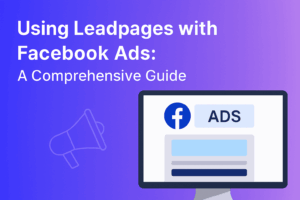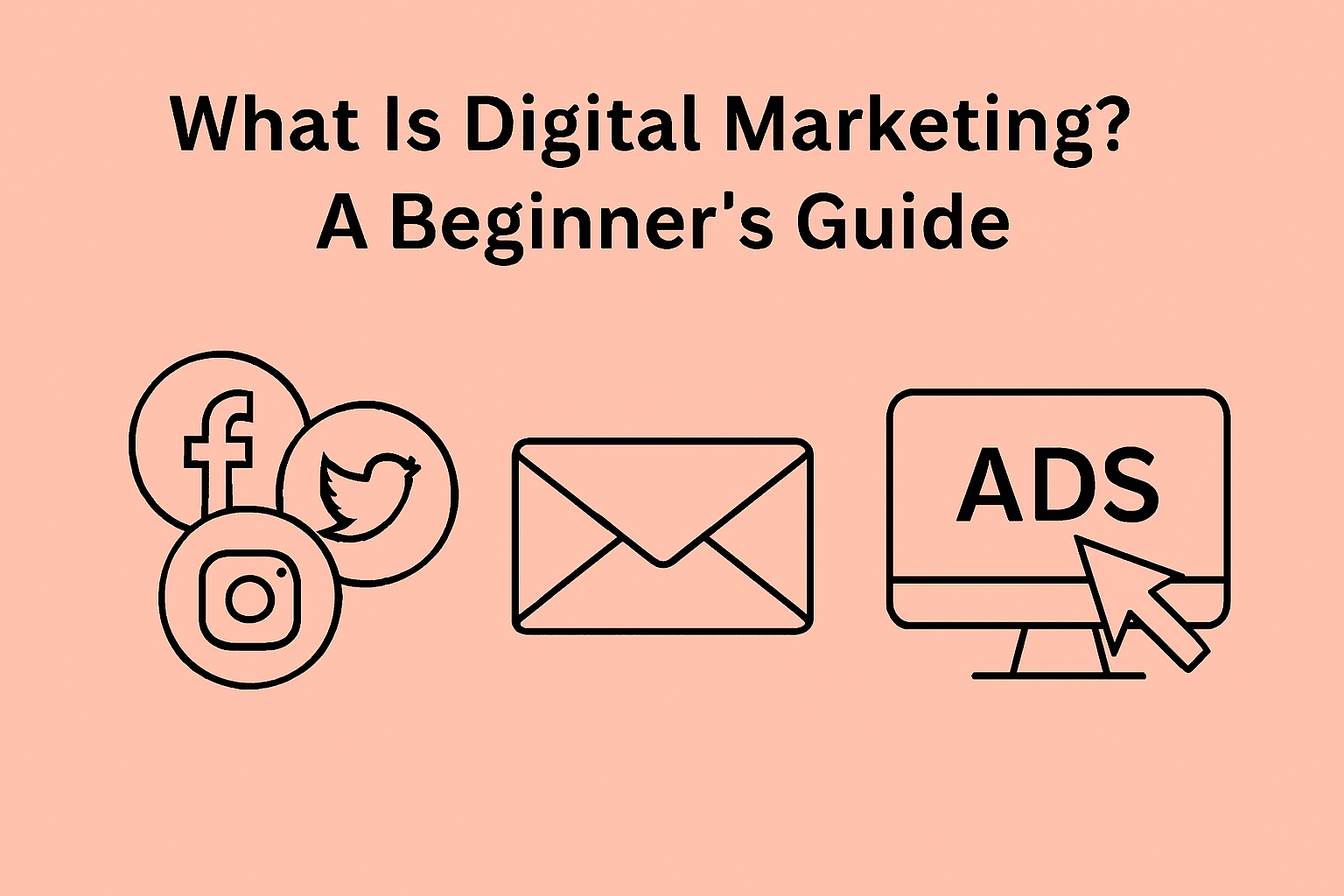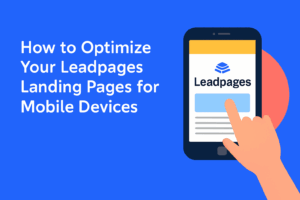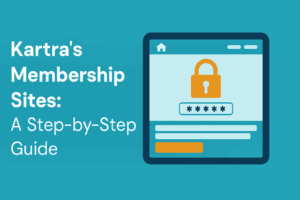
Facebook Ads help you reach your ideal audience quickly and affordably. They’re powerful because you can target people based on interests, behavior, and location. But
Digital marketing means promoting products or services through the internet. It includes things like websites, emails, social media, and search engines.
Instead of using old methods like TV or newspapers, businesses now use digital channels to reach people. Why? Because that’s where everyone is today.
Whether someone’s on Facebook, reading blogs, or checking emails, digital marketing puts a brand in front of them. For beginners, it might sound overwhelming, but don’t worry.

Affiliate Disclaimer: I earn commission (get paid) if you click on the links and purchase a product below. My earnings do not impact the price you pay.
Through this guide, we’ll explain everything clearly and simply. You’ll learn how digital marketing works, why it matters, and how to get started, even with zero experience.

Now, we are living in the tech world, where everything moves with the touch of technology. Here’s why digital marketing is a must for everyone:
Most people spend hours online every day. Whether shopping, browsing, or chatting; everything happens digitally. If your business isn’t online, you’re missing a massive audience.
A small bakery or a global tech company can benefit equally. You don’t need a huge budget to see results. With the right strategy, anyone can grow their business online.
More visibility, where people spend their time. Direct connections with potential customers. Real-time feedback and faster growth opportunities.

There are several types of digital marketing. Each works differently but shares the same goal; which is connecting with people online.
SEO helps your website show up in Google results. Uses keywords, quality content, and technical tweaks.
Example: A local plumber ranks on Google when someone searches “plumber near me.”
SMM promotes brands on platforms like Facebook, Instagram, or LinkedIn. Builds community, shares updates, and runs paid ads.
Example: A clothing brand uses Instagram stories to show new arrivals.
Content marketing focuses on creating helpful or entertaining content. Includes blogs, videos, infographics, or guides.
Example: A tech company shares how-to articles to educate its audience.
Email marketing sends newsletters or promotions directly to inboxes. Builds trust and keeps your brand top of mind.
Example: An online store emails customers about weekend sales.
PPC Places your brand in front of users via paid search or display ads. You pay only when someone clicks or views the ad.
Example: A new product gets featured in a YouTube ad before a video plays.

Digital marketing follows a simple but powerful flow. This cycle repeats, bringing more people in and turning them into loyal fans.
Use SEO, social media, or paid ads to bring people to your site. Focus on solving problems or offering something valuable.
Offer free content, helpful emails, or quick replies on social media. Make users feel connected to your brand.

Guide visitors to take action: buy, sign up, or contact you. Use clear calls to action, great offers, and smooth checkout processes.

Digital marketing offers powerful advantages that traditional marketing can’t match. Here are the key advantages of digital marketing:
✅ Cost-Effective: You don’t need a huge budget to get started.
✅ Wider Reach: Connect with people around the world, not just your town.
✅ Targeted Campaigns: Focus on specific groups based on age, location, or interest.
✅ Trackable Results: See real-time data like clicks, sales, and page views.
✅ Works 24/7: Your website and ads run even when you’re sleeping.
✅ Scalable: Start small and grow your efforts as your business grows.
No matter your size, digital marketing levels the playing field. Doesn’t matter if you’re a new or established marketer; everyone gets an equal chance to shine.

Starting digital marketing is easier than you might think. You just need a website, an idea, and the right way to move forward.
Tool Name | Purpose | Cost |
Canva | Design social media posts | Free & Paid |
Mailchimp | Email marketing | Free & Paid |
Google Analytics | Track website visitors | Free |
Buffer | Schedule social media posts | Free & Paid |
Start small with all the basic tick marks. Over time, this will build confidence, and results will follow.

Digital marketing is simply using the internet to grow your brand. It includes SEO, content, email, social media, and paid ads.
Each type has its strengths, but they all help you connect with more people. The best part? You can start with a small budget and grow from there.
Whether you’re a beginner or a business owner, digital marketing gives you the tools to attract, engage, and convert. Host your content, track your results, and keep improving.
In today’s world, being online isn’t optional; it’s essential. So take the first step now. Pick one strategy and start marketing digitally today.

Facebook Ads help you reach your ideal audience quickly and affordably. They’re powerful because you can target people based on interests, behavior, and location. But

A mobile-optimized landing page can make or break your conversions today. Most visitors browse from their phones, so your page must load fast. If it

Membership sites are a smart way to share exclusive content and earn recurring income. They help you build loyal audiences, deliver value, and grow your
Copyright 2021 Dwayne Graves Online | All Rights Reserved |